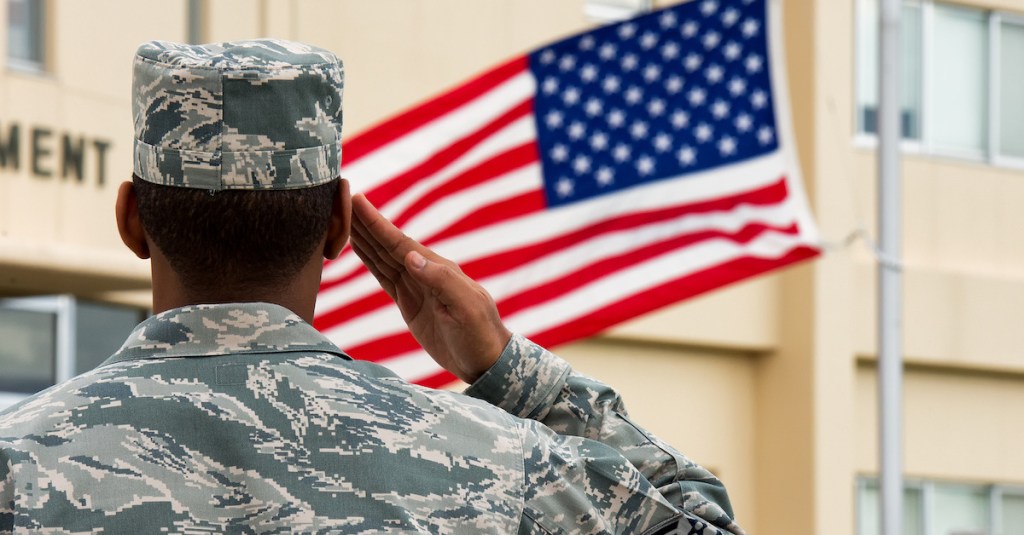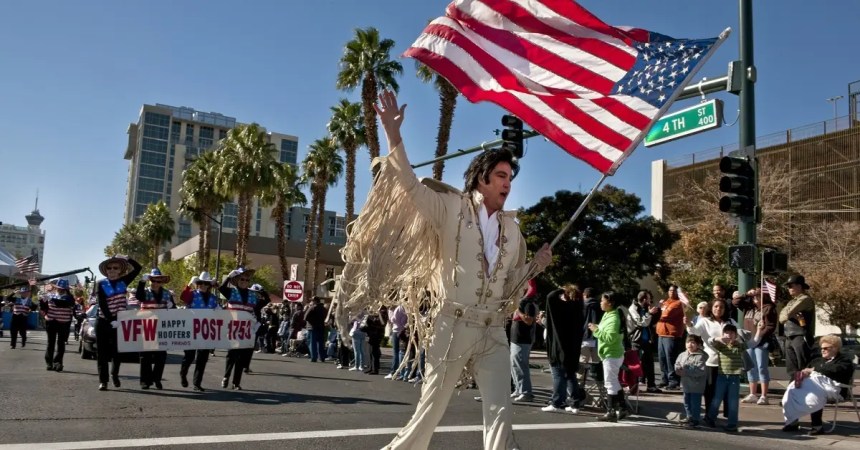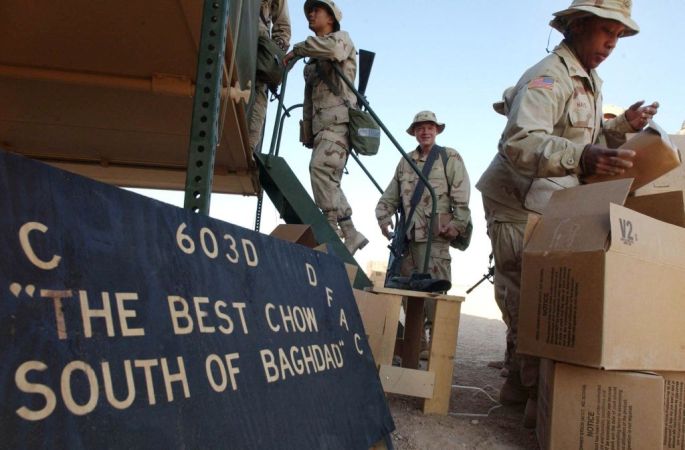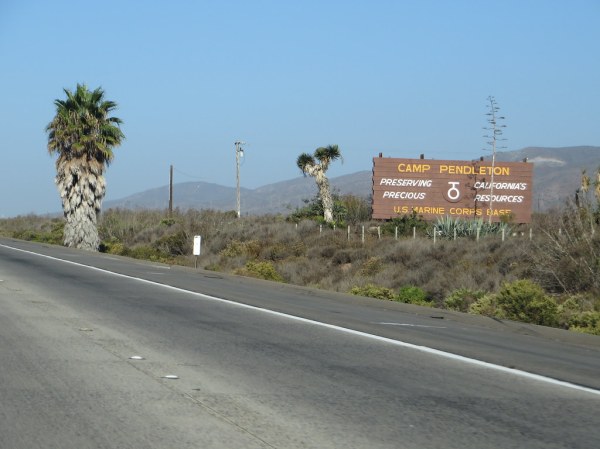The most popular origin story of the modern military salute dates back to the Roman Republic in 509 BCE. It’s a very compelling theory, but is it true? Let’s break it down.
It is said that during antiquity — sorry, the olden days — assassinations were common, so citizens and subordinates were required to approach officials with their fighting hand, the right hand, raised to demonstrate that it was not carrying a weapon. Others say that the Romans would slap their chest and raise their arm in tribute to demonstrate allegiance.

Looks legit.
Not that this rules out the theories — they do make sense. Still, it wasn’t until the 1600s that English military records mention the salute, calling it a formal act that “was to be by removal of headdress.” In 1745, the procedure was amended to simply have troops “clap their hands to their hats and bow as they pass by.”
Also read: 13 awful hand salutes that don’t even come close

This is how all British salutes look to me.
The British Army and, later, the Royal Air Force, would develop a salute with the palm facing outwards, but the Royal Navy began to turn their palm downwards, allegedly because the men working on ships had dirty palms and it was considered disrespectful to display them. One popular tale cites Queen Victoria as the one behind the downward-facing-palm, after she was saluted with a grimy hand.
When the United States declared its independence from the throne, we brought military customs across the Atlantic, and by the time of the Revolutionary War, the salute became the most expedient form of protocol. The USO reported that, according to the Armed Forces History Museum, today’s standard salute was in place by 1820.

That’s actually pretty solid, Angel.
Though there are a few variations between branches, overall, the United States military still maintains this salute today: right arm parallel with the floor, straight wrist and hand, middle finger touching the brim of the hat or the corner of the eyebrow, and palm facing downward or even inward.
The salute should be a smooth motion up and down the gigline, with the individual of lower rank raising their salute first and lowering it last. Oh, and remember, “any flourish in the salute is improper.”
Of course, cool guys have their fun.
More reading: 6 of the worst times to salute officers

Superheroes can ignore giglines.
In addition to superior commissioned and warrant officers, the following individuals are always entitled to a military salute: The President of the United States, officers of allied foreign countries (good luck learning their rank system), and Medal of Honor recipients — I actually didn’t know that one.
In America, the military salute is protected by the First Amendment. Anyone can salute anyone, really. You can salute a veteran when they’re in civilian attire… it’s just not mandatory or even customary. And it can actually be a little awkward if they’re not expecting it.
But in other countries, there are legal ramifications behind certain salutes. In Germany, for example, the straight-arm “Heil Hitler” salute is illegal and punishable by up to three years in jail. It’s not uncommon for tourists to be detained for performing the salute for photos, and one man was sentenced to jail for teaching his dog Adolf to give the Hitlergruss on command. …Yeah.
Today, the salute is a gesture of mutual respect, given and reciprocated, and whether the origin stories are true, the salute nonetheless remains a symbol of honor — and reassurance that you’re not holding a weapon.










